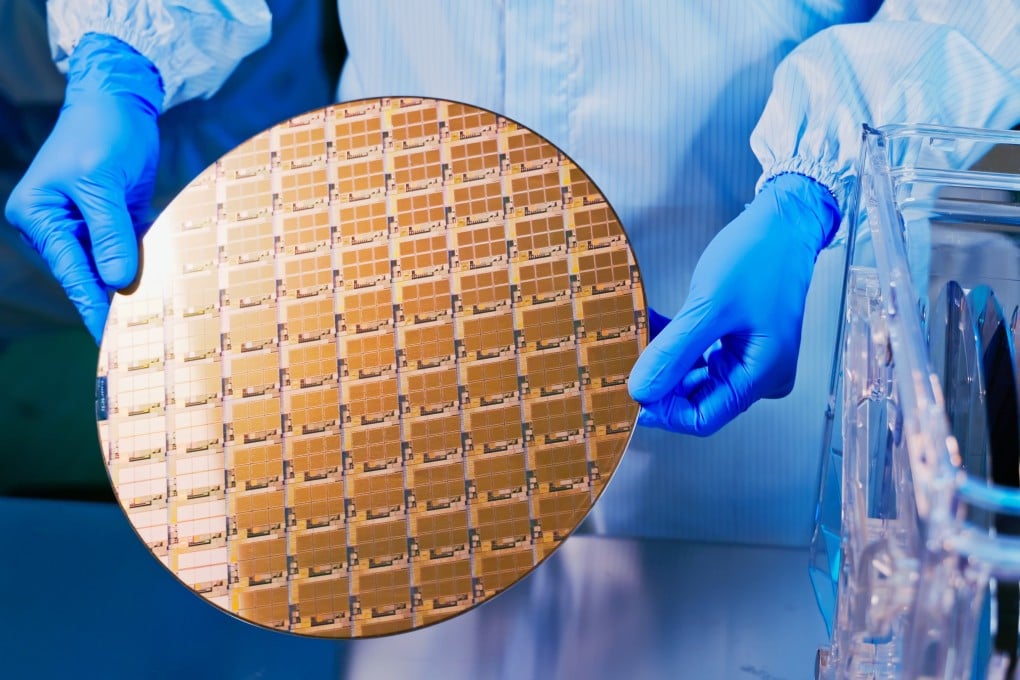‘Big Chip’: China is building a wafer-sized processor to beat US sanctions on supercomputers and AI
- Chinese scientists have been developing a computer processor the size of an entire silicon wafer to circumvent US sanctions
- The Big Chip developed by the team uses wafer-scale integration to get around the area limitations of lithography machines

And the latest innovation is a processor – an early version of which is named “Zhejiang” – being developed by a team from the Institute of Computing Technology (ICT), Chinese Academy of Sciences, led by associate professor Xu Haobo and professor Sun Ninghui. Their work was detailed in a paper published in the peer-reviewed journal Fundamental Research on December 29.
The Zhejiang covers an area measuring thousands of square millimetres and consists of 16 chiplets with 256 cores. The researchers also revealed it has the potential to scale up to 100 chiplets, corresponding to 1,600 cores in total.
“As Moore’s law comes to an end, the implementation of high-performance chips through transistor scaling has become increasingly challenging. To improve performance, increasing the chip area to integrate more transistors has become an essential approach,” wrote ICT professor Han Yinhe, the paper’s first author.